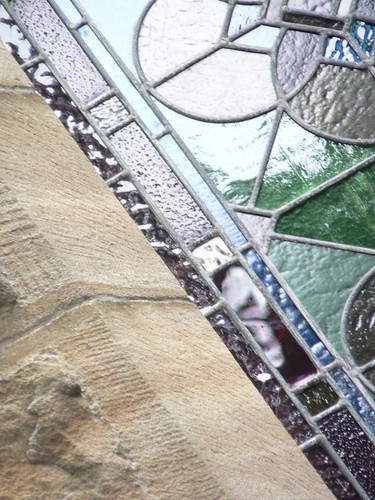There is nothing noticeably different between two red blood cells of two individuals. Yet, each cell inherits the unique (though somewhat similar) genetic code of each donor – out of which an identical copy of the donor could be cloned. The character of every living thing and even inanimate object is partly defined and partly influenced by the duality of inheritance and conditioning. A rock may inherit the basis for its rigidity and colour from a unique mineral composition, but its strength, shape and size may have been conditioned by geological forces and erosion or even manual forces such as the stokes of a stone mason's chisel. Similarly, living things inherit form and function from their ancestors while their knowledge and traditions are conditioned by their experience of the environment and by society.
The influence of inheritance and conditioning can reasonably explain how things are. However, they do not offer useful explanations about why we do some of the things we do. Perhaps this is because imagination, ambition, desire... are not inherited nor can they be easily conditioned into or out of us. These are our creations. Our actions and what we do are also in their final sense – creations. But are we what we do?
I’ve always wondered about the link between who we are and what we do. Even a mildly introspective person would take little time to realise that there are contradictions between the way we think of our selves and the way we act. If our actions are separated from their underlying motives, it becomes increasingly difficult to classify them narrowly as ‘good’ or ‘evil’, ‘right’ or ‘wrong’.
It seems obviously too simplistic to see individuals being classified as ‘good’ or ‘bad’, ‘terrorist’ or ‘peacenik’ or even ‘sane’ or ‘insane’. Classification and generalisation can be useful tools to define and understand broad principles but such principals do not constitute any real or useful knowledge. Arguably, the constituent raw elements of our personalities such as our thoughts, words and actions have no distinguishable form or shape or colour of their own. They combine to create the perception of ‘who we are’ but it is not always clear whether our thoughts are directly linked to our words or inturn to our actions.
The visible boundaries of our self-knowledge such as the extent to which our personalities and actions are inherited or can be conditioned remain yet unexplored. I am not in the mood to explore them either, because I have a couple of hefty bills to pay today, much to learn about ASP.NET and a never ending list of applications to audit (and document) at work and dreading the fact that I have groceries to shop for and half a bag of potatoes to boil and peal before dinner.
Think… play silly games with your mind… sing and dance with your conscience. Learn to find inspiration in the trivialities that surround you and use that inspiration to make someone laugh, to touch a life in a special way or to make a gift of yourself to this marvelous world.
Thursday, January 08, 2009
Who we are and what we do
Subscribe to:
Post Comments (Atom)

No comments:
Post a Comment